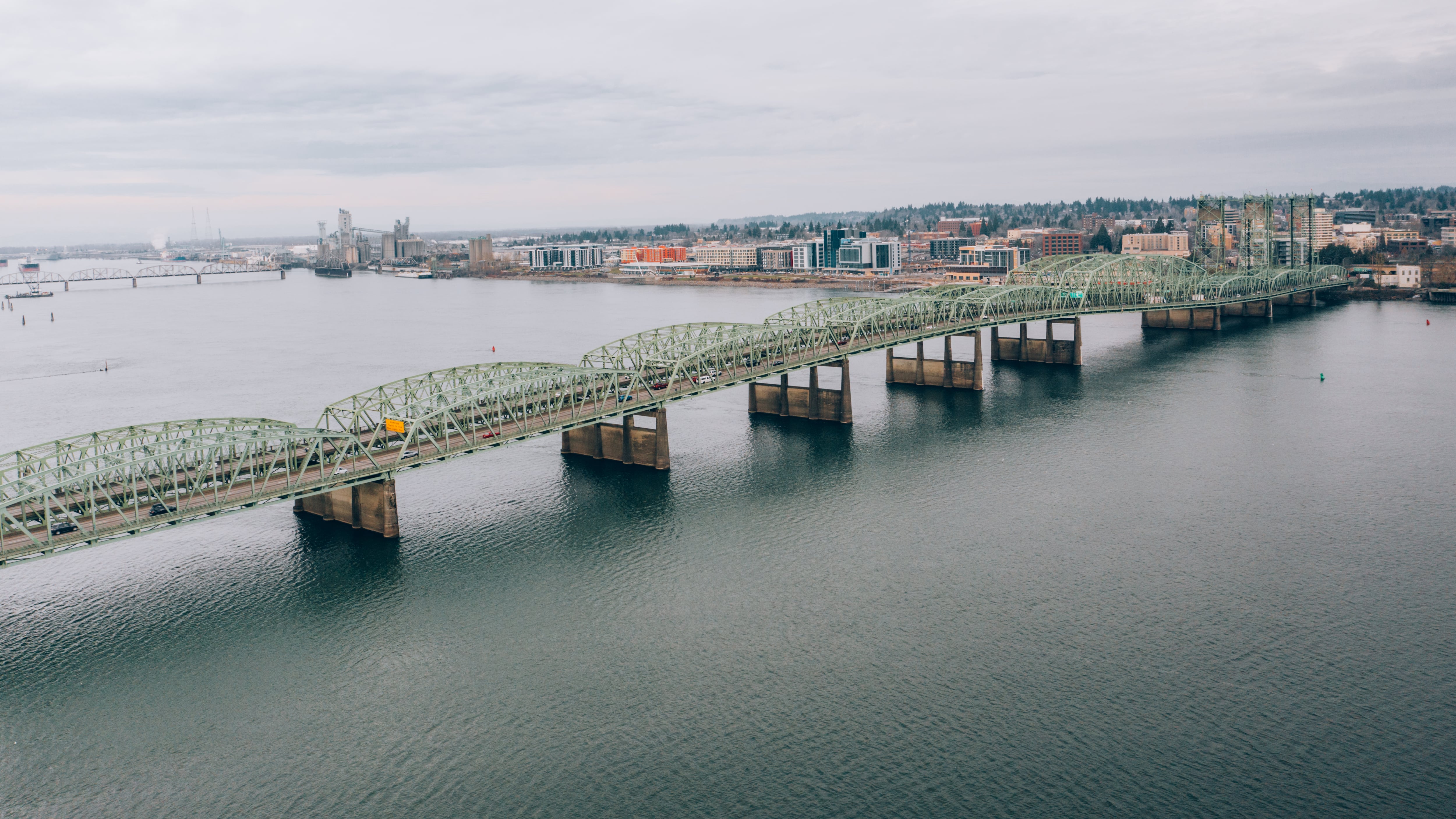The U.S. Coast Guard has issued a rebuke of the current designs for the new Interstate 5 bridge across the Columbia River.
The current bridge, when raised for ships to pass, can accommodate a height of 178 feet. The new proposed bridge would only accommodate ships to a height of 116 feet. (The initial designs are for a tall bridge, rather than a drawbridge. The tall bridge would eliminate the periodic traffic jams that result from opening the drawbridge to let vessels pass.)
“IBR’s proposed bridge [...] with its 35% reduction [...] from 178 feet to 116 feet is contradictory to the U.S. Coast Guard’s mandate from Congress to maintain freedom of navigation on the navigable waters of the U.S. and to prevent impairment to U.S. navigable waterways,” reads the June 17 letter from B.J. Harris, chief of the Waterways Management Branch in Coast Guard District 13.
The letter is an initial determination and not the final decision, but it does pose a serious challenge to the current plans for the bridge.
During the scuttled Columbia River Crossing project a decade ago, the Coast Guard ultimately approved a bridge design of 116 feet but only if accompanied by an $86 million payout to property and business owners upriver to compensate them for lost income.
That’s one solution that IBR program administrator Greg Johnson says he will ask the Coast Guard to consider.
“We are digesting that, and we are having conversations back and forth with the Coast Guard,” he tells WW. “Nothing is ever simple on a project like this, but we think we can reach a reasonable conclusion on this.”
It’s not clear if a lower bridge will fly now—or what the current mitigation payments would cost this time. The Coast Guard letter cites the increasing height of ships and examples of ships that have needed a higher bridge in their recent travels on the Columbia.
The Coast Guard suggested a Washington, D.C., model as a design to consider.
“A modern similar successful project is the Woodrow Wilson Bridge over the Potomac River in Washington, DC that was completed in 2009,” the letter states. “It is a higher-level double bascule lift bridge on an interstate (I-95) with transit. The added height of the new bridge reduced the number of bascule bridge openings for vessel passage by 76%.”
Johnson all but ruled that out, saying a lift bridge would add half a billion dollars in project costs.
But critics say officials should consider alternatives.
“ODOT’s refusal to comply with the Coast Guard’s guidance is just the latest example of a stubborn agency either unwilling or unable to collaborate with local partners to ensure the biggest infrastructure project in our region’s history actually serves our community’s needs,” writes Aaron Brown, an organizer with No More Freeways. “The unwillingness of IBR’s staff to engage local stakeholders on even studying alternatives to their proposed fixed span, massive freeway expansion actively jeopardizes our opportunity as a region to build a consensus bridge replacement that actually meets our shared transportation, climate, seismic resilience and economic development goals.”


